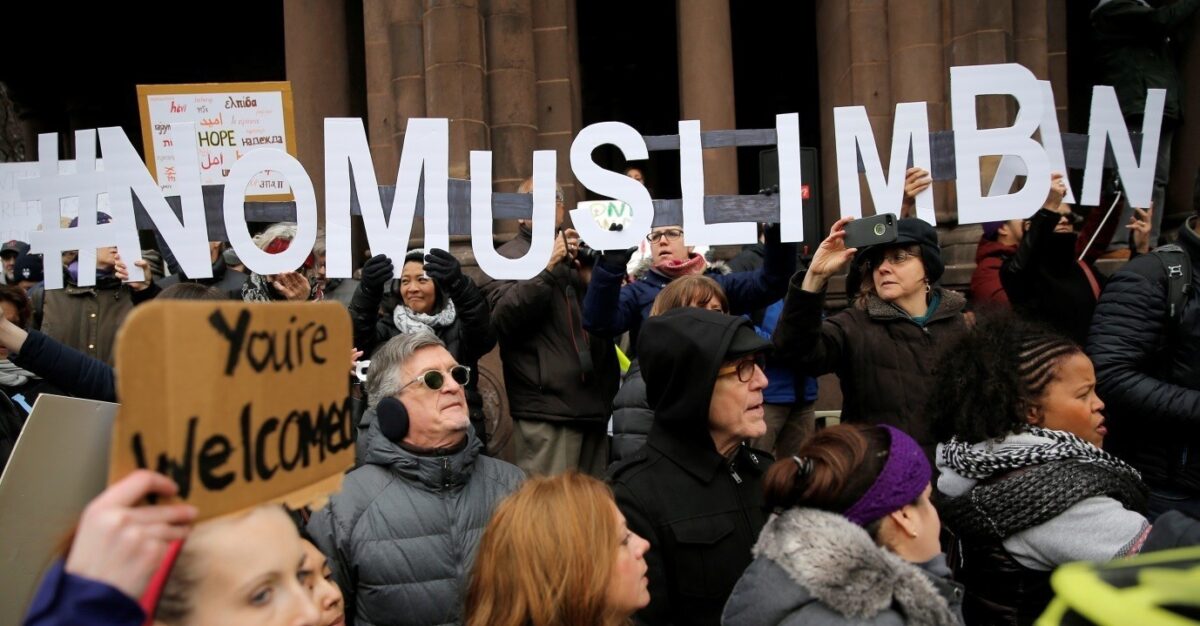Often when discussing immigration, especially to America, it is described as moving in pursuit of expanded opportunities. In Taxi! and The Transplanted this narrative is complicated as Mathew (2005) and Bodnar (1985) highlight that migration to and within the US is often instead dictated by lack of opportunity at migrants’ place of origin. By comparing Bodnar and Mathew’s works we can see that the same trends that dictated emigration at the start of the industrial age drive migration in the modern era.
In The Transplanted, Bodnar illustrates that emigration was not evenly spread out across European countries; early emigrants were most likely to come from areas where land was divided into smaller holdings. The commercialization and industrialization of agriculture hastened these trends. Bodnar illustrates this as he discusses areas of Ireland with high emigration, stating that in these areas “traditional kin-based were giving way to the improvements and consolidations of larger landlords.” (p. 8) In Taxi!, Mathew describes similar forces pushing Indian migration to the US, Canada, and the UK, where many farmers had small landholdings. While these farmers were prosperous, they were not prosperous enough to afford the industrial farming equipment necessary to compete in the commercial market. This led Indian farmers to send their sons abroad where they could make money to purchase American agricultural equipment.
Inability to compete in a commercial marketplace also affected both early European emigrants and modern migration. Bodnar describes the role this changing marketplace had in Holland, stating, “commercialization not only made it more difficult for the landless to start farms of their own, but connections to distant markets brought goods into these regions which undercut local craftsmen.” (p. 9) Just as commercialization rendered Dutch craftsmen unable to compete with outside goods, Mathew states that after Pakistan became a client state “the United States flooded the Pakistani Market with its own cheap manufactured goods” (p. 148), eliminating many opportunities for Pakistani citizens and driving emigration.
Comparisons can also be made between classes that led migration in both eras. Bodnar highlights that most immigrants to the US were not the most impoverished in their country of origin, but “those perched precariously in the middle [who] were haunted by the threat of losing what they had.” (p. 15) These middle classes were people with small parcels of land and small craftsman who could not compete in an increasingly industrialized society. Often they came from rural areas and made a first move to an industrialized city before leaving the country. We see that the same was true of migrants from both India and Haiti. In India, many migrants came from families that owned land. In Haiti, farmers who had once been able to compete were unable to afford the now required supplies for their labor, forcing them to migrate. Migrants in these cases were more likely to come from the middle classes as they could afford the move. In Pakistan this is more complicated; the driver Mathew speaks with describes being from an impoverished family that saved for land, only to find that land no longer promises ethnic security. In this case, he states that the government encouraged the poor to emigrate. In every one of these circumstances, there is a singular effect- whether from the middle class or not, migrants became solidly working class. In the modern era, we see that there is almost no true “middle class”, simply a working-class and an owning class.
Mathew’s discussion of his conversations with a Haitian emigrant further clarifies the larger system that leads to migration: the capitalist expansion of markets. Through both processes of industrialization and commercialization, small craftsmen and farmers were rendered unable to compete with more wealthy landowners and industrialists. In the modern era, these same forces are at play through the neoliberal policies of capitalist powers. Never able to emerge from colonialism, the developing world has continued as a market dominated by foreign capital at the expense of locals. The global capitalist makes money, but the worker in the developing world loses everything. While capitalism promises opportunity, the marginalized worker will never get back all that he has lost.
Citations
Bodnar, John. (1985). The Transplanted. Bloomington IN: Indiana University Press.
Mathew, Biju. (2005) Taxi: Cabs and Capitalism in New York City. Ithaca NY: Cornell University Press.


